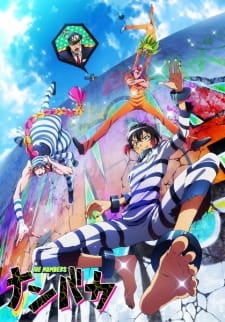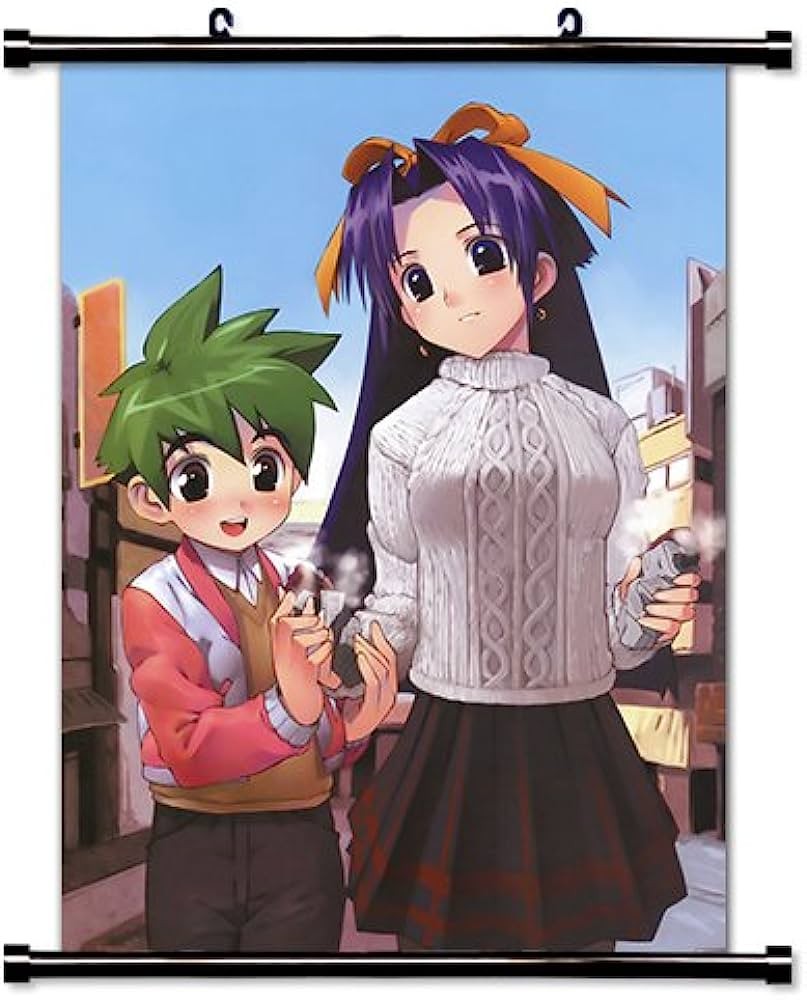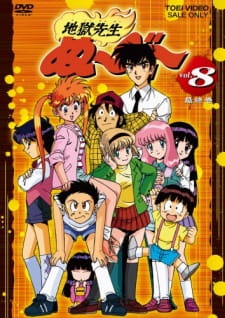All the Adaptations of Lupin III
Lupin III: Filme Piloto (1969)
This short was created as a test to present the concept of the series. It shows Lupin on an action-packed mission alongside Jigen and Fujiko, while Zenigata relentlessly pursues him.
The goal was to showcase the style and potential of the characters. The tone is more adult and cynical than that of the series that would come later, focusing on espionage and direct action.
Lupin III: Part I (1971)
The first series follows Lupin and his group — Jigen, Goemon, and Fujiko — as they travel the world in search of treasures and risky missions. Zenigata, the determined Interpol inspector, is always on their trail.
Each episode has its own story, featuring plots of theft, disguises, and chases. The tone varies between comedic and dark, reflecting the stylistic transition between directors Hayao Miyazaki and Isao Takahata.
Lupin III: Part II (1977)
With over 150 episodes, this series solidifies the classic style of Lupin III, mixing comedy, action, and sarcasm. Lupin faces a variety of challenges, from stealing castles to disarming bombs on a global scale.
The interaction between the characters is lighter and more charismatic, and the series stands out for its variety of settings and themes. It was during this phase that the franchise gained international popularity.
Lupin III: Part III (1984)
Visually more stylized and with a focus on more nonsensical humor, this season shows Lupin in adventures with a more eccentric tone. The art features vibrant colors and exaggerated lines.
The narrative continues to be episodic, with improbable plots, such as stealing artwork from underwater or invading space bases. It’s an experimental phase that divides opinions among fans.
Lupin III: The Castle of Cagliostro (Film, 1979)
Lupin tries to unravel the mystery of the global currency forgeries and ends up protecting a young bride trapped in a castle. Upon invading the location, he discovers secrets connected to the royal family of Cagliostro.
Directed by Hayao Miyazaki, the film balances action, adventure, and romance, featuring a more heroic Lupin than usual. It is considered one of the most important films in Japanese anime.
Lupin III: The Secret of Mamo (Movie, 1978)
Lupin is apparently executed, but survives and embarks on a mission to uncover secrets of immortality. He faces Mamo, a mysterious villain with plans to manipulate humanity.
The plot mixes science fiction and mystery, with twists involving clones, memories, and conspiracy theories. It is one of the most far-out stories in the franchise.
Lupin III: A Conspiração Fuma (OVA, 1987)
Goemon is about to get married, but his fiancée is kidnapped by a ninja clan searching for an ancient treasure. Lupin and the others spring into action to rescue her.
With plenty of action and chases in traditional Japanese settings, this OVA features fluid animation and memorable fight scenes and direction. The visual style is different from the classic films, which caused controversy among fans.
Lupin III: Bye Bye Liberty Crisis (TV Special, 1989)
Lupin becomes involved in a conspiracy related to a technology that can control global systems. During the mission, he must protect a young hacker and confront an international organization.
The special mixes elements of cybercrime and classic action, with good pacing and sharp interactions between the characters. It's the first of many TV movies released annually.
Lupin III: A Mulher chamada Fujiko Mine (2012)
This series focuses entirely on Fujiko, showcasing her origins and how she became the seductive and intelligent thief we know. Lupin, Jigen, and Goemon appear, but the highlight is her point of view.
The plot is darker and more psychological, featuring adult themes and artistic visuals inspired by the original mangas. It showcases a more raw and existential facet of the Lupin III universe.
Lupin III: A Pedra de Jigen (OVA, 2014)
Lupin and Jigen are being hunted by an elite assassin. During the mission, they confront dilemmas about loyalty and the constant risk of the profession.
This OVA is part of a trilogy of films with a more mature style and direction by Takeshi Koike. The narrative is drier, focusing on the friendship between the two characters.
Lupin III: Goemon's Blood Spray (OVA, 2017)
Goemon faces a brutal assassin after failing to protect an important client. The episode showcases his journey to regain honor and overcome his own limits.
With visceral action scenes and cinematic aesthetics, it is the most violent chapter of the trilogy. The final fight is regarded as one of the best in the entire franchise.
Lupin III: A Mentira de Fujiko (OVA, 2019)
Fujiko must protect a boy whose memory holds the password to a hidden fortune. Alongside him, she faces enemies and must question her own relationship with lies and manipulation.
This episode is the most emotional of the trilogy, focusing on Fujiko's moral dilemma and how she deals with others' vulnerabilities. It has a slower pace but deep layers.
Lupin III: Part IV (2015)
Set in Italy, this season shows Lupin married to a mysterious woman named Rebecca. While dealing with her and their adventures, he continues to be pursued by Zenigata and involved in international heists.
The series mixes classic charm with modern elements, including technology and politics. Lupin shows a more reflective side, without losing his sense of humor and cunning.
Lupin III: Part V (2018)
Now in France, Lupin faces technological challenges such as digital surveillance, hackers, and social media. The cases require different strategies, and the group needs to evolve to survive.
The season alternates between light episodes and dense arcs, addressing current themes with intelligence. It is considered one of the best modern phases of the franchise.
Lupin III: Part VI (2021)
It mixes classic mystery with modern espionage, placing Lupin against legendary detectives, including a reimagined version of Sherlock Holmes. There are also parallel plots with psychological drama.
The series seeks to explore Lupin's human side, questioning his role in a world that has changed drastically. The setting is darker and more investigative.












